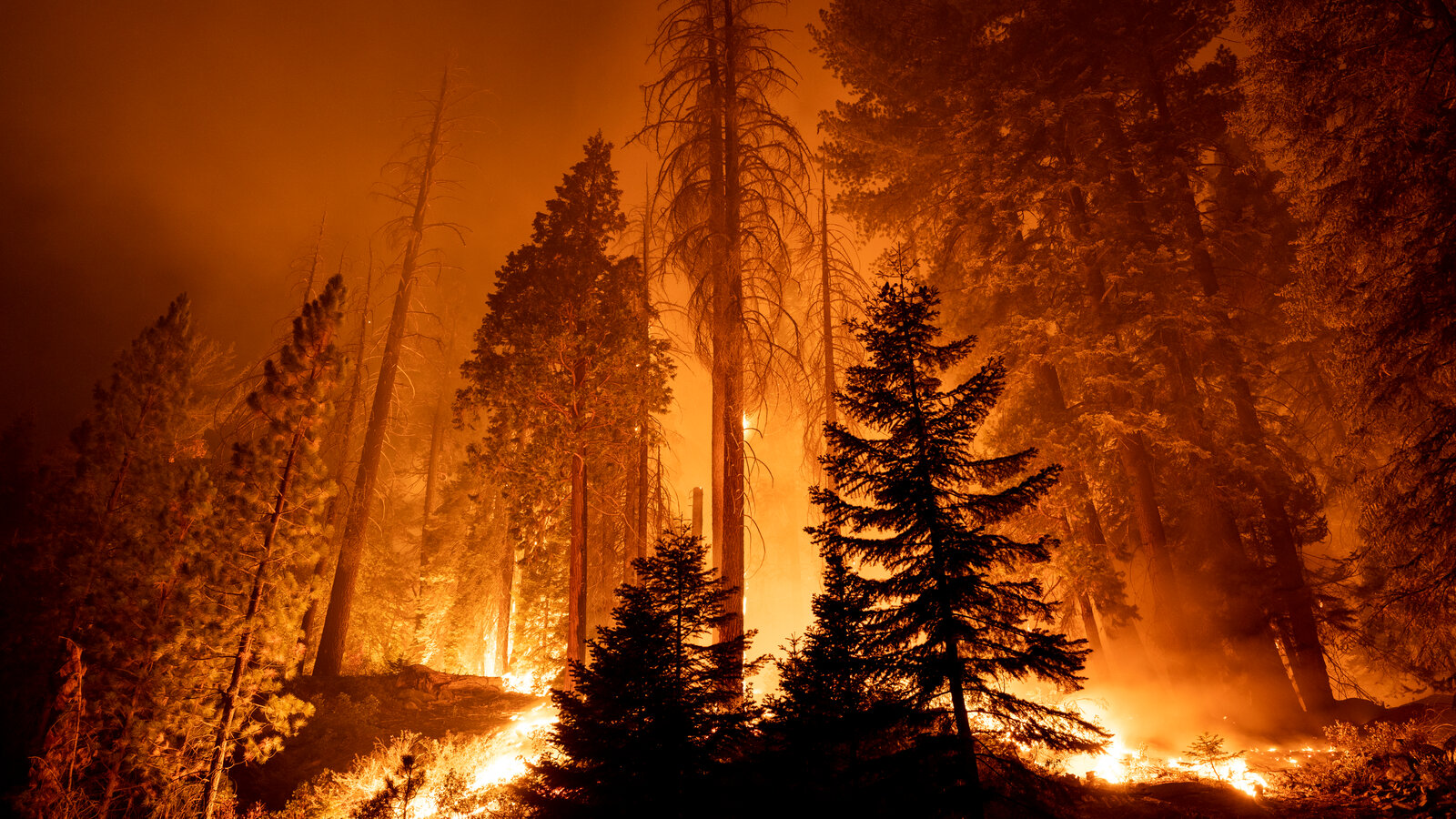Penny Endersby, the Head of the Met Office, declared in a rare public service broadcast, last week that the tremendous heat we are currently forecasting is completely unprecedented.
She said, “In the UK, we are accustomed to viewing a hot spell as an opportunity to go outside and enjoy the sun; however, this is not that kind of weather. Our infrastructure and way of life are not prepared for what is to come.”
The U.K. Health Security Agency has issued the first “Level 4” heat warning—the highest possible—declaring it a “national emergency.” Although the U.K. has experienced warm weather before, scientists claim that the greenhouse gases people release into the atmosphere are making these sweltering temperatures more common.
After the National Severe Weather Warning Service of the United Kingdom, issued its first ever “Red” warning for excessive heat, the United Kingdom has declared a national emergency as it prepares for a heatwave. Early next week, a large portion of England is predicted to face a record-breaking heat of 104 degrees!
Before the wave is predicted to strike on Monday and Tuesday, British authorities are warning the public about heat safety precautions such as drinking plenty of water, keeping cool indoors, avoiding the sun, and rigorously adhering to weather advisories. Environmental organisations are preparing to increase efforts for water conservation in reaction to UK droughts and rising water demand.
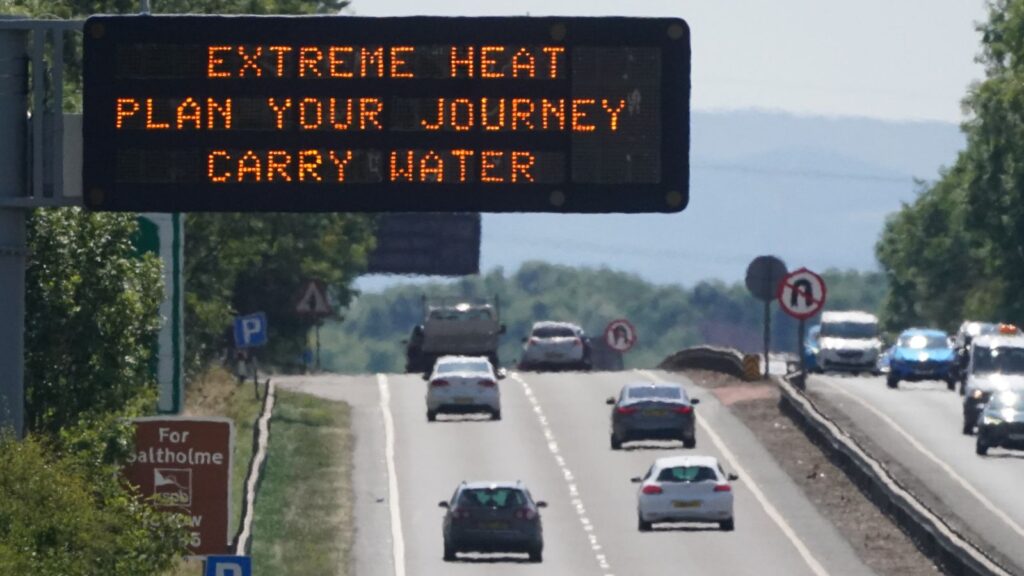
A red heatwave, according to the Met Office, is one that is “so intense and/or persistent that its impacts reach outside the health and social care system.” At this point, even healthy people who do not fall into high-risk categories are prone to death.
The colour-coded warning system starts with green, which denotes a minimum level of caution during the summer, followed by yellow, which indicates readiness and alertness for potential heatwaves, amber; which indicates that a heatwave has already begun and is expected to last, and red, which denotes a state of emergency. Prior to being changed to red, an amber warning was in effect for July 17 through July 19.
The European heatwave and the wildfires that have scorched huge portions of Croatia, France, Portugal, and Spain coincide with the British heatwave. More than 1000 people had to be evacuated from these areas, thousands of acres had burned down, and there was a significant risk of drought, according to officials.
In the United Kingdom, the frequency of temperature extremes has already been altered by climate change. According to a report by Dr. Nikos Christidis, a climate attribution scientist at the Met Office, stated that the likelihood of 40°C days in the U.K. could be up to 10 times higher in the current climate than in a naturally occurring climate free from human influence.
On Tuesday, the global heat wave that stoked those fires extended all the way up to Scotland, setting records for high temperatures in British towns and cities and shocking Londoners by causing the same type of bushfires to erupt in their hometown.
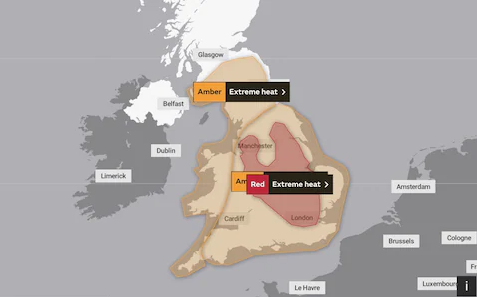
Tuesday saw unusual wildfires flare and billow across London as much of England battled temperatures above 100 degrees. In the eastern English village of Coningsby, a new temperature record of 40.3 Celsius, or more than 104 degrees Fahrenheit, was set. The sweltering temperatures were all it took to ignite matchstick-dry grass and bushes in backyards and along highways, as most of the country has gone a month or more without receiving a drop of rain.
Since World War II, the London Fire Brigade has worked its busiest day, with firefighters attending to almost 2,600 calls and battling 12 fires at once. While the consequences of the heat were felt from Greece to Scotland, France’s fire-ravaged countryside sustained the most damage.
In the past week, more than 37,000 people have been evacuated as a result of fires that have scorched nearly 80 square miles of parched forest in the Gironde region of the country’s southwest. These fires were fought by more than 2,000 firefighters. However, the firefighters’ efforts have been hindered by strong winds, dry weather, and burnt trees that propelled flaming embers into the air, escalating the fires.
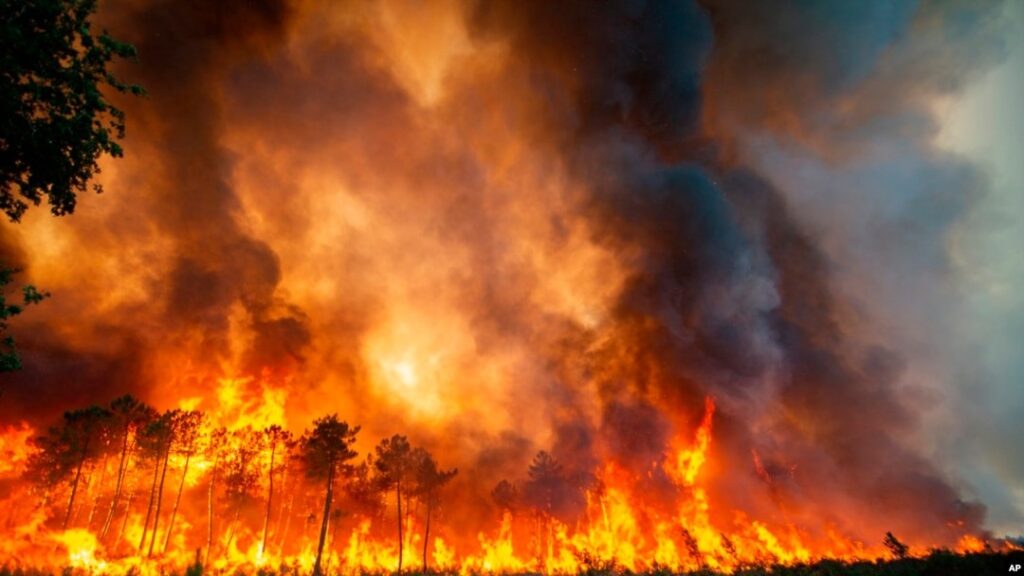
After a spike in fires, some fire departments declared significant incidents. Homes in Wennington, East London, were completely destroyed by a large fire.
After tracks overheated, crumbled, and had broken overhead cables, certain rail services were cancelled. In the capital, people were warned to be cautious while disposing of cigarettes and to avoid having barbecues or bonfires. After a fire in Dagenham, East London, two people were brought to the hospital to be treated for smoke inhalation, while Milton Keynes, further north, saw a fire that damaged a nursery.
Jonathan Smith, assistant commissioner of the London Fire Brigade, said Tuesday evening would be “important” in ensuring the flames were kept under control. He described some of the city’s fires as the result of “tinderbox” conditions.
Heathrow Airport was the first location to surpass the 40°C threshold, reaching 40.2°C at 12:50 BST, although numerous other locations, including Gringley on the Hill in Nottinghamshire and St James’s Park, Kew Gardens, and Northolt – all in London – all did so during the afternoon. From Surrey to South Yorkshire, a sizable portion of eastern England experienced temperatures between 39 and 40 degrees Celsius, and at least 34 weather stations broke the previous UK temperature record.
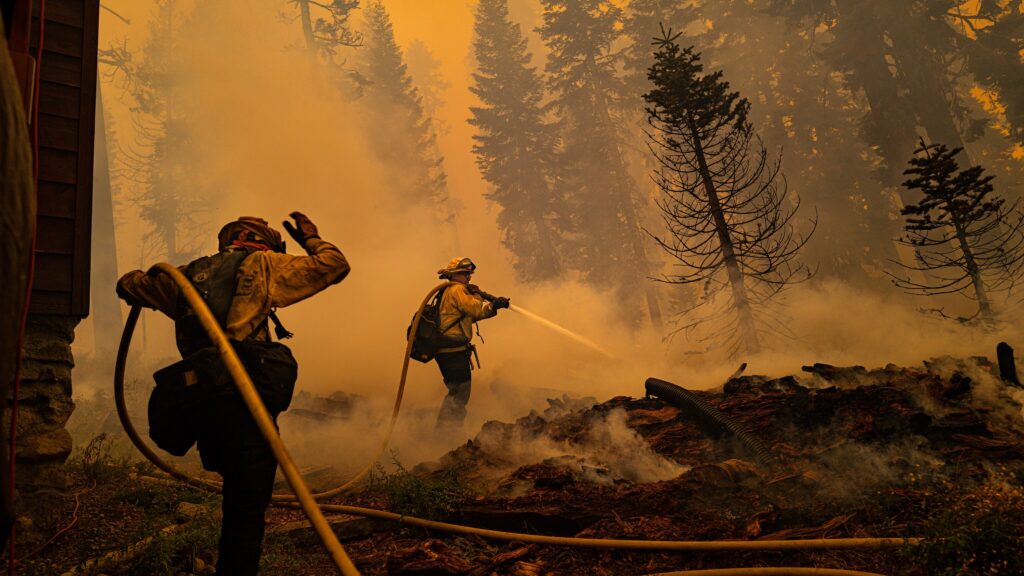
According to preliminary Met Office data, Scotland also set a new record, with 34.8C reported in Charter hall in the Scottish borders, breaking the previous mark of 32.9C set in 2003. Wales’ Hawarden in Flintshire recorded 36.2C, which is below Monday’s 37.1C but is tentatively the second-highest temperature on record for Wales.
Over 40C was “almost inconceivable” in an unaltered climate, according to Prof. Stephen Belcher, Chief of Science and Technology at the Met Office, but such severe temperatures are now a reality due to climate change driven by greenhouse gases.
Written by Nidhi Shah
Edited by Kushi Mayur

